Multifaceted, cosmopolitan, opulent, and state-of-the-art are only a few of the words that can describe Dubai. What it used to be a fishing village is now known for its fondness for grandeur. Dubai is home to the tallest skyscraper, the biggest mall in the world, super luxurious hotels and restaurants, and even an indoor ice rink. Besides all this glittering and shining reality, the emirate has managed to maintain its Arab cultural heritage, architecture, and lifestyle. This means that your trip here wouldn’t be complete without a visit to the historic districts, the untamed desert, and the sandy beaches.
This guide has the
best travel tips to help you make your first time in Dubai
unforgettable. Find out the ways to get to and around the city, the major attractions, the local delicacies, and the social etiquette.
How to Get to Dubai
Located in the Arabian Peninsula, Dubai is best reached via plane. The city has two airports Dubai International Airport (DXB) and Al Maktoum International Airport (DWC).
Flights from neighboring and European countries are direct and last a few hours. When coming from the USA or Australia, however, the travel time is more than 12 hours, and you’ll need to take a connecting flight. For instance, if you depart from Sydney, your flight will last at least 14 hours and involve one or two plane changes. To start off your trip as restful as possible, the best thing to do is to drive to the airport. Park your car at one of the nearby Sydney airport parking facilities and save money on transportation. Once you park, a complimentary shuttle will drive you to your terminal in a few minutes. Rest assured that your car is in safe hands while you have the best time in Dubai.
How to Get Around Dubai
As a first time visitor in Dubai, you’ll need to know two things that will affect your transportation options in the emirate. Unlike what you’re used to, the working week is from Sunday to Thursday while the weekend is Friday and Saturday. The second thing is that the temperatures are high all year long and during the day they can reach up to 35°C (96°F). These two factors explain why sometimes public transportation may be overcrowded and why it’s not always the best idea to walk around even for the shortest distance.
The three best ways to get around in Dubai are the metro, taxi and bus.
-
- The metro is fast, easy, and runs regularly, but during rush hour (7-10am and 4:30-7pm) it’s most likely that you won’t find a seat. Sometimes, to get to the place you want, you’ll have to take another metro train and the waiting time will be longer.
- A taxi is an easy option but as always the most expensive. Before getting on the cab, ask about the fare from your location to the destination.
- The hop-on/hop-off buses are the cheapest option. They operate 24 hours a day every 30 minutes. The only thing you need to consider in advance is to understand how the network works and buy and top up a Nol card.
Suggested Read: Reasons to Visit Burj Khalifa – Why Visit Dubai’s Tallest Tower
When to Visit Dubai
The hot desert climate of Dubai means that some months are extremely warm, thus spending the whole day out in the heat is not the smartest idea. From November to March, temperatures slightly drop with an average of 25°C, which makes the perfect weather for strolling around the city.
Dubai is also known as the Mecca of shopping. In January, when the Dubai Shopping Festival takes place, you can find discounts up to 75% on thousands of products, such as fashion, beauty, jewellery and more. The cheapest hotel deals strike during the summer months, from June to July. However, the searing heat will stand in the way of enjoying every hour of the day.
Don’t forget that the United Arab Emirates is an Islamic country which means that religion is a significant part of people’s identity and everyday life. For you, as a visitor, this will affect some of your plans. For example, during Ramadan, starting in May and ending in June, it’s highly unlikely that you can order alcohol in a bar or restaurant. As people fast from dawn till dusk, most restaurants and cafes in the region will remain closed during day time.
All in all, the high season is November to April, the shoulder season is May, September and October, and the off-peak period is June to August.
What to See in Dubai
As this will be the first time you visit Dubai, there are at least four distinctive landmarks that every tourist should see. Dubai has grown to become one of the most state-of-the-art cities in the world with the towering skyscrapers and the biggest mall in the world. Fortunately, it has also maintained its traditional features.
Burj Khalifa, completed in 2010, is 829.8 metres high and is the tallest building in the world. . From the observation deck, on the 148th floor, you have dazzling views of the city’s skyline, the sea, and the surrounding desert. The ticket price for the 360-degree observation decks start at 129AED (35USD) and can go up to 359AED (98USD). The most expensive one includes access to levels 124 – 125 and a personalised tour on floor 148. By all accounts, the best time to visit is in the evening when the whole city is illuminated.
Expanding over 12 million square feet, Dubai Mall is the largest shopping mall in the world. Hundreds of shops, restaurants, hotels, entertainment centres and even an indoor ice rink and an aquarium are housed there. From the Dubai Mall, you will also enter Burj Khalifa.
Apart from Burj Khalifa and the Dubai Mall, Dubai is home to many prestigious and record-breaking attractions. Get your Ain Dubai ticket and take in the world’s largest and highest observation wheel at a height of over 250 meters. You can further watch the world’s highest fountain show at Palm Fountain and experience the largest of its kind Dubai Frame.
Bastakia or Al Fahidi is the historical district of the city. Built in the 19th century, it used to be the hub for merchandise in the Persian Gulf. Walking through the winding streets and ochre buildings made from mud and gypsum, it’s like travelling back in time. You’ll also notice the wind-towers which, back in the day, functioned as a form of air conditioning to keep their houses cool in the warmest months. While you’re there, don’t miss the Alserkal Cultural Foundation and the Majlis Gallery, displaying a wide collection of traditional ceramics and furniture.
For an original taste of good old Dubai, visit Deira. This is where you’ll find the middle-eastern souks that sell local delicacies, spices, peppers, incense, and even a gold souk where you can actually buy gold. In this district, you will be introduced to the traditional lifestyle by paying a visit to the Heritage House Al-Ahmadiya School, the oldest school in the emirate.
What to Eat in Dubai
In Dubai, you can find international restaurants and flavours that you would back home. But, what’s the meaning of visiting a foreign country for the first time and not trying out the local cuisine? Food is the best way to get to know the culture and history of a place, and Dubai is a perfect representation of that.
For meat lovers, authentic shawarma made with sliced chicken, lamb or beef is the most mouthwatering sandwich you’ve ever had. Other popular meat dishes are Al Machboos, prepared with spiced chicken and rice, and Margoogat, a tomato-based stew made with chicken or lamb.
Whether you’re a vegetarian or not, you can’t leave Dubai without trying the local falafel recipe served with vegetables and spice-based sauces. Another non-meat dish is Madrooba that looks like a spread, prepared with a fish called Maleh.
If you have a craving for a filling snack, search for a place near you that makes Manakish, an oven-cooked flatbread stuffed with cheese. If you prefer something sweet, try out Luqaimat, the crunchy on the outside and soft on the inside dumplings that taste like doughnuts.
The aromatic Arabic coffee is the perfect energy boost, and it tastes nothing like your usual coffee. For a cold soft drink that will cool you down on a hot summer night, order Jellab, a blend of pulp raisins, grape molasses, and rose water, or a Qamardeen, a thick apricot juice.
Local Laws and Etiquette in Dubai
Although Dubai is a multicultural city that welcomes visitors from all over the world every year, it has a local etiquette that everyone should be aware of. In general, more conservative clothing is required when visiting historical sites and places of worship. When entering a mosque, you should wear long sleeves and long pants, and women should also put on a headscarf. Swimwear is allowed at beaches, pools, waterparks, and spa centres.
You can order alcoholic drinks only in licenced bars, hotels and restaurants and only if you are over 21 years old.
Tipping is not mandatory, but certainly highly appreciated if you do. It’s at your discretion how much you want to tip.
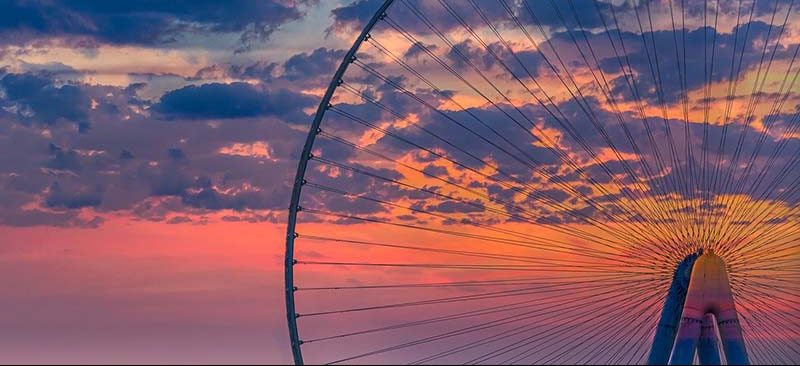

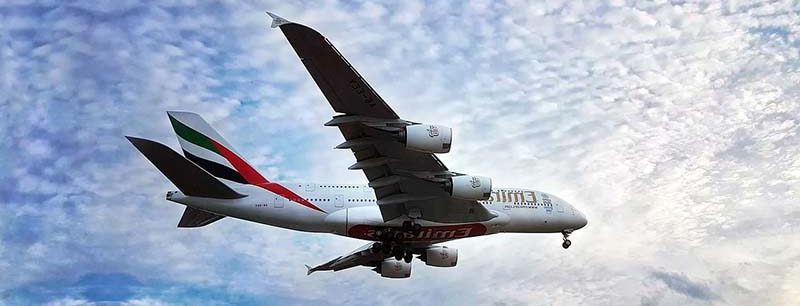
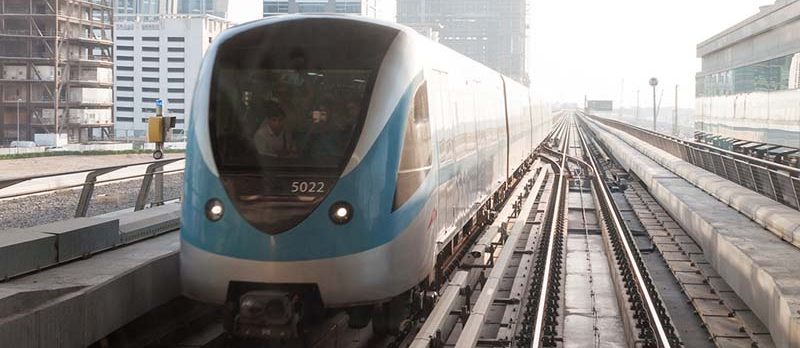
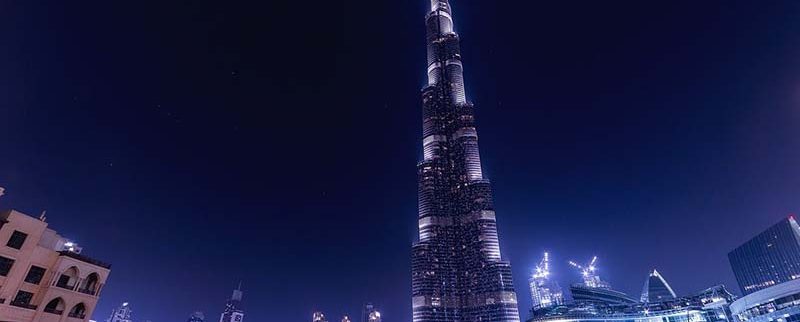
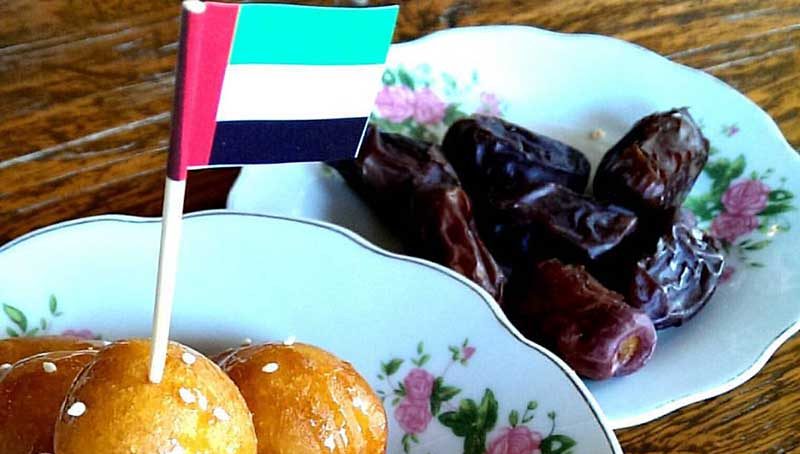
“I want to express my appreciation for this fantastic Dubai travel website. The in-depth articles and practical advice have been invaluable in planning my itinerary. Thank you for providing such a valuable resource!”
I want to express my appreciation for this fantastic Dubai travel website. The in-depth articles and practical advice have been invaluable in planning my itinerary. Thank you for providing such a valuable resource!”
I want to express my appreciation for this fantastic Dubai travel website. The in-depth articles and practical advice have been invaluable in planning my itinerary. Thank you for providing such a valuable resource!